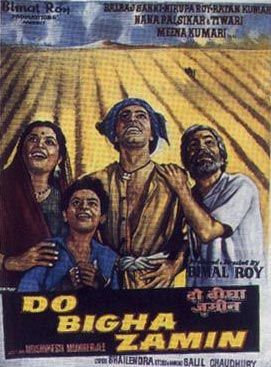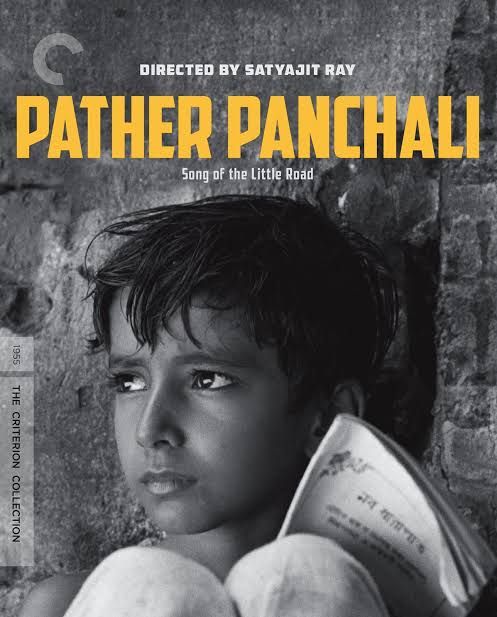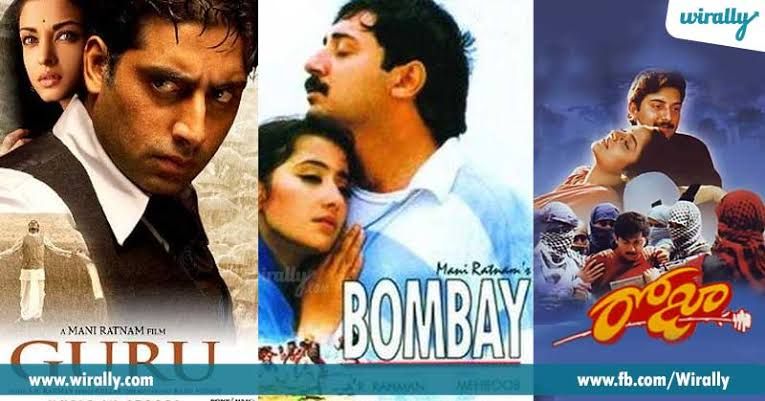Rise And Fall Of The Parallel Cinema
Jun 19, 2019 • 164 views
Since its inception Cinema has been an important part of the Indian Culture. It has been used effectively as a means of entertainment, to inform as well as to educate and a lot of times as an instrument of propaganda. It has both reflected out culture and often tried to shape it. Initially, Cinema was just a medium of entertainment. Following World War 2, the Indian Masala genre originated that would later give rise to 'Bollywood'. In 1943, with the formation of The Indian People's Theatre Association( IPTA), a groundwork was laid for realism in cinema and influenced films like 'Dharti Ke Lal', 'Pyasa' and 'Mother India.' Filmmakers like Bimal Roy and Chetan Anand laid the foundation of the Indian New Wave Cinema.

The Indian New Wave Cinema or the Parallel Cinema referred to the movement in which the films were made with artistic merit in mind rather than entertainment. These films mostly dealt with neorealism, serious content, naturalism and the socio-political climate of post independent India. During these years, many young filmmakers were frustrated with the romantic films, mindless action films and the musicals. Inspired by Italian Neorealism these filmmakers came forward to counter the Masala genre and established the Parallel Cinema. One of the earliest films in the Indian New Wave movement was Bimal Roy's Do Bigha Zamin, released in 1953. The film garnered international critical acclaim winning the International Prize at the 1954 Cannes Film Festival.

After the unlikely commercial success of Do Bigha Zamin, several filmmakers began to develop their vision on the screen, with Satyajit Ray coming out as the pioneer of the Indian New Wave movement. With his debut, 'Pather Panchali' he proved to be an auteur. He considered script writing, cinematography and musical score to be as important as acting and direction. With Subrata Mitra as his cameraman, he drastically improved the cinematography techniques in Indian Cinema, most notably giving us the “bounce lighting” technique. He believed in using mostly unknown actors and even when he employed big stars, his actors belonged to a variety of backgrounds. He was inspired by life and always depicted the various aspects of human lives.

During the 60s the Indian government started funding art house and independent films. Ritwik Ghatak's Ajantrik and N.Lakshminarayan’s Nandi were one of the most notable films of this time period. Hrishikesh Mukherjee established the “middle cinema”- a middle ground/crossover between the commercial cinema and arthouse cinema. His most popular films include Anand, Abhiman, Chupke Chupke and Gol Maal, considered to be one of the best comedy films made in India. The 1970’s and 80’s were led by directors like Shyam Benegal, Govind Nihalani and Mani Kaul. Mani Kaul's Uski Roti and Duvidha, Shyam Benegal's Ankur and Kumar Sahani's Maya Darpan set up new landmarks in the art house genre and received international recognition.

During the 1990’s the Parallel Cinema saw a heavy decline due commercialisation of films, involvement of the Underworld, changing political and social scenario and the rise of television. Once again, films were made with the sole purpose of making profit and entertainment. Moreover, The F.F.C ignored most of the art films in favour of commercial cinema and distribution of independent films saw a decline, which proved to be the final nail in the coffin.Many great filmmakers attempted to bring the Parallel Cinema back in the trend most notably Ram Gopal Varma( Satya, Company), Mani Ratnam( Bombay, Roja, Yuva) and most recently Anurag Kashyap( Black Friday, No Smoking, Gangs of Wasseypur) and Vikramaditya Motwane( Udaan, Trapped). But still, the Parallel Cinema never reached the glory days of “The Golden Age of Indian Cinema”( 1940- 1960).
